The Rise of Unstructured Data
Cloudera
NOVEMBER 15, 2021
The International Data Corporation (IDC) estimates that by 2025 the sum of all data in the world will be in the order of 175 Zettabytes (one Zettabyte is 10^21 bytes). Most of that data will be unstructured, and only about 10% will be stored. And data moves around. of that data is analysed.





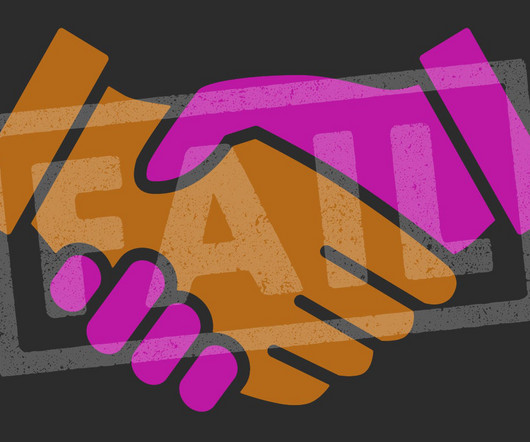



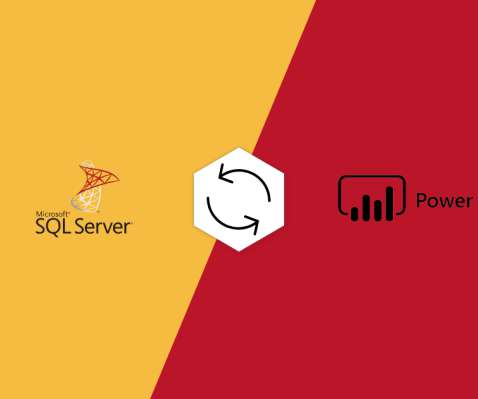
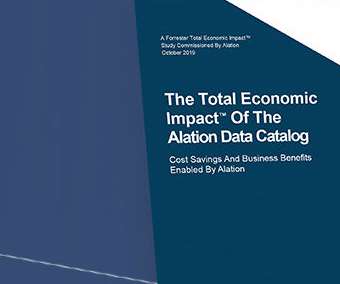

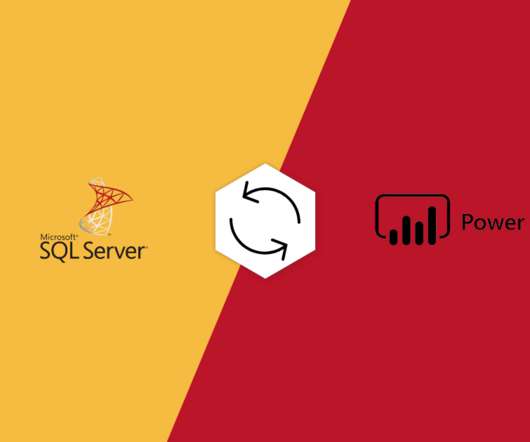
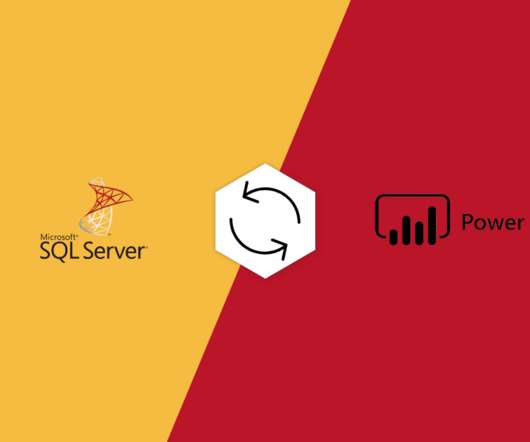









Let's personalize your content